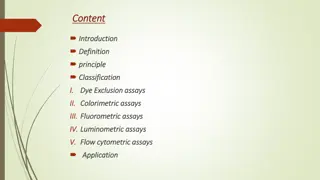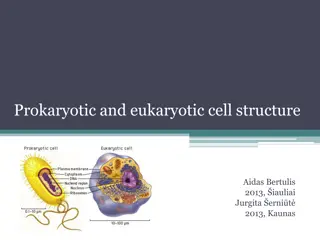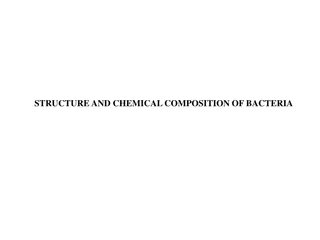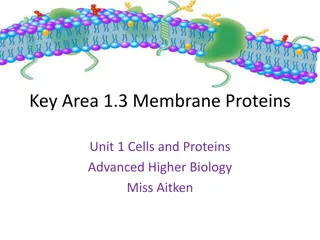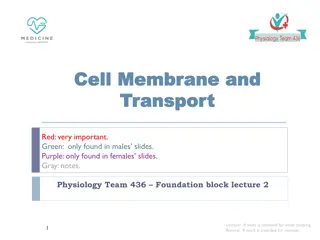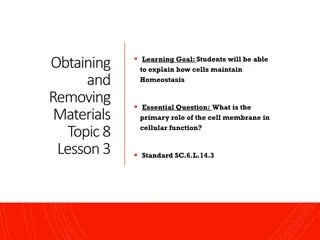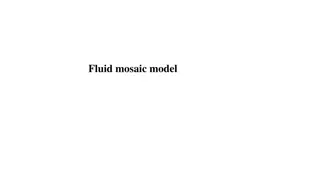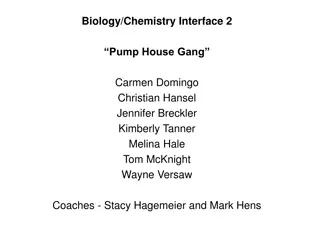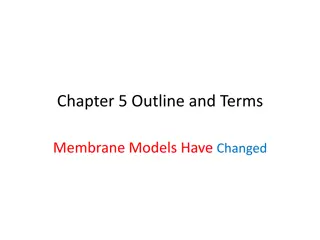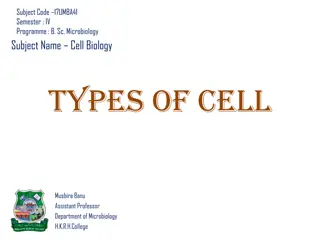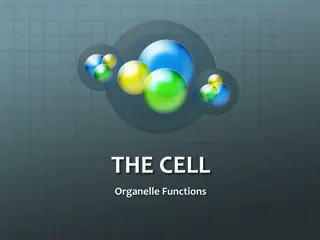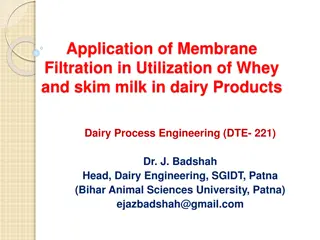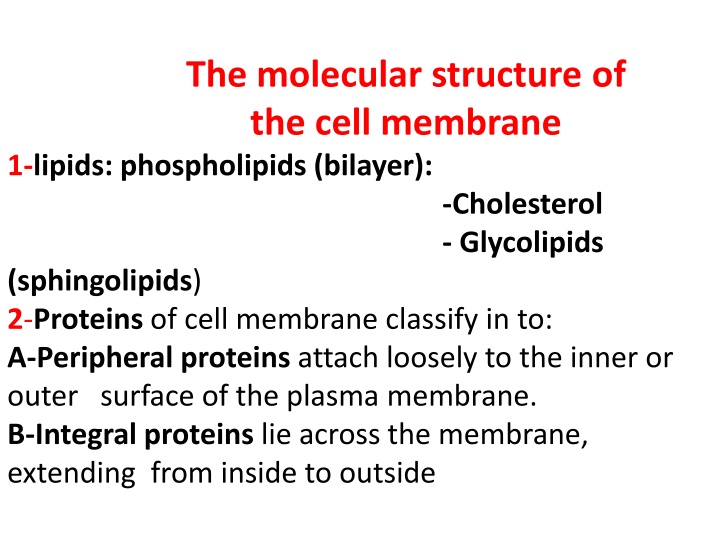
Functions and Classification of Cell Membrane Proteins
Explore the molecular structure of the cell membrane, including lipids like phospholipids and proteins classified into various functions such as channel proteins, transport proteins, recognition proteins, adhesion proteins, receptor proteins, and enzymes.
Download Presentation

Please find below an Image/Link to download the presentation.
The content on the website is provided AS IS for your information and personal use only. It may not be sold, licensed, or shared on other websites without obtaining consent from the author. If you encounter any issues during the download, it is possible that the publisher has removed the file from their server.
You are allowed to download the files provided on this website for personal or commercial use, subject to the condition that they are used lawfully. All files are the property of their respective owners.
The content on the website is provided AS IS for your information and personal use only. It may not be sold, licensed, or shared on other websites without obtaining consent from the author.
E N D
Presentation Transcript
The molecular structure of the cell membrane 1-lipids: phospholipids (bilayer): -Cholesterol - Glycolipids (sphingolipids) 2-Proteins of cell membrane classify in to: A-Peripheral proteins attach loosely to the inner or outer surface of the plasma membrane. B-Integral proteins lie across the membrane, extending from inside to outside
According to various functions there are variety membrane proteins: 1-Channel proteins (ion channels): Proteins that provide passageways through the membranes for certain hydrophilic or water-soluble substances such as polar and charged molecules (Na, K, Cl, and Ca),they are of two types: a- voltage gate b- ligand gate 2-Transport proteins (carriers): Proteins that spend energy (ATP) to transfer materials across the membrane. 3-Recognition proteins: Proteins that distinguish the identity of neighboring cells.
4-Adhesion proteins: A-Proteins that attach cells to neighboring cells to hold tissue to gather. B- Link cell membrane to the internal filaments and tubules (cytoskeleton). 5-Receptor proteins: Proteins that initiate specific cell responses once hormones or other trigger molea bind to them. 6- Enzymes:Proteins that are involved in moving electrons from one molecule to another during chemical reactions.


